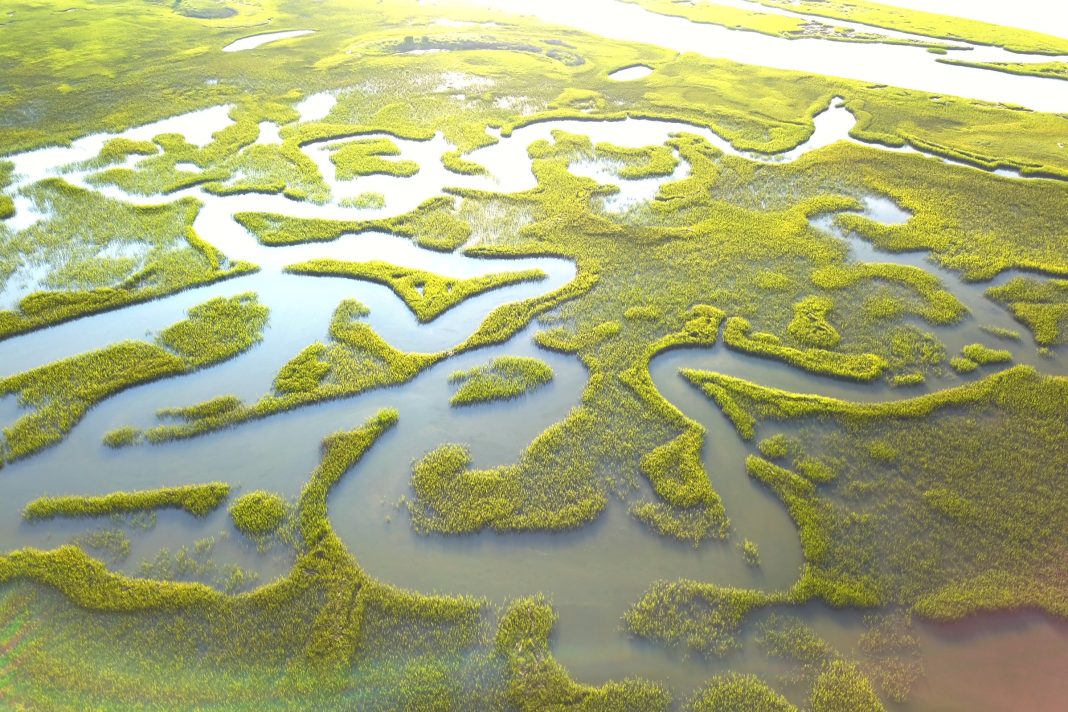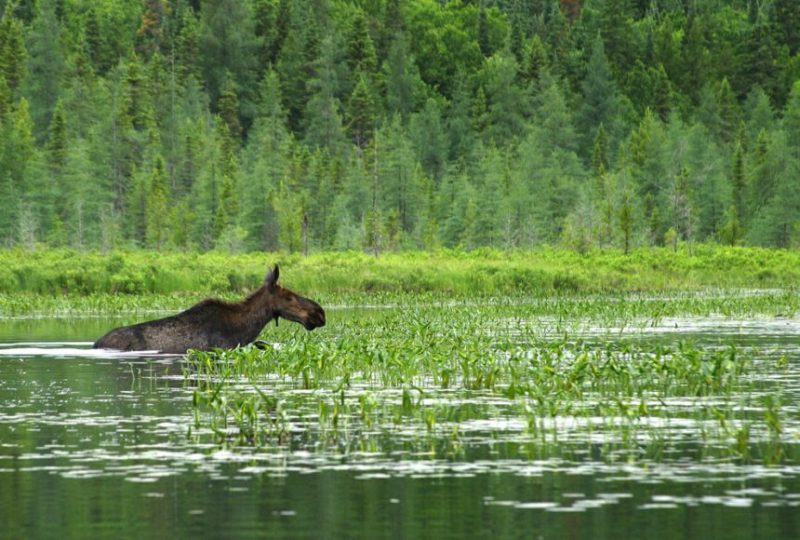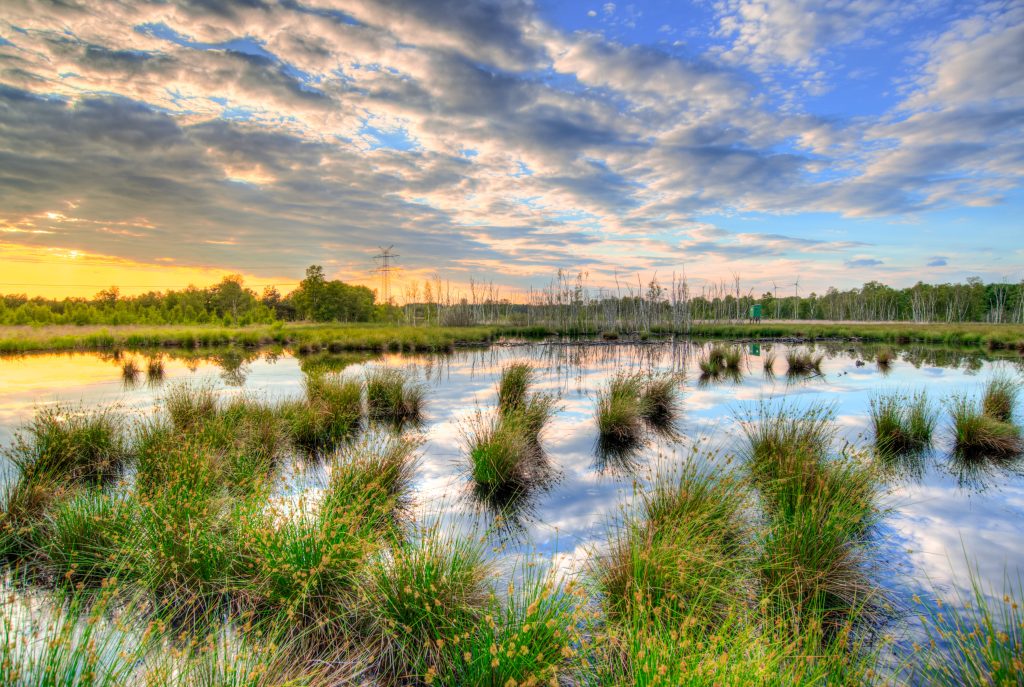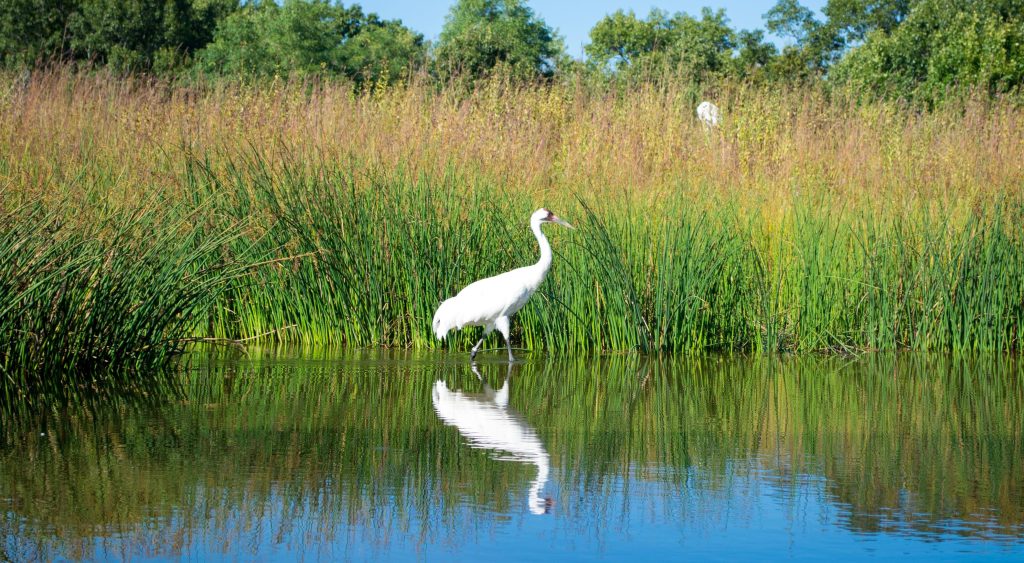Sackett v. EPA
In a significant ruling on May 25, the United States Supreme Court delivered its decision in Sackett v. EPA, which has far-reaching implications for wetland protections under the Clean Water Act (CWA). The case involved the Sackett family, who filled in a marshy area on their Idaho property in 2004, resulting in the loss of wetland habitat. The court unanimously ruled in favor of the Sacketts, but was divided 5-4 on determining the types of wetlands subject to federal regulation.
The majority opinion, written by Justice Samuel Alito, offers a narrow interpretation of the CWA, limiting the Environmental Protection Agency’s (EPA) authority to safeguard wetlands and ephemeral headwater streams. This decision has sparked outrage among hunting and angling advocacy groups who recognize the importance of wetland conservation.
Wetland Ruling Response
John Gale, Vice President of Policy and Public Relations at Backcountry Hunters & Anglers, expressed deep concern over the ruling, stating, “This ruling from the Supreme Court is a gut punch to fish and wildlife and the American people who just lost clean water protections for most wetlands across the country.” He emphasized the potential consequences for migratory birds, coldwater fisheries, and millions of people who rely on clean drinking water.
The ruling affects critical fish and wildlife habitats, including the prairie pothole region of the Midwest, intermittently-flowing creeks in the desert southwest and Rocky Mountains, and disconnected wetlands at the headwater tributaries of major streams throughout the nation. These areas stand to lose essential protections, jeopardizing the delicate balance of ecosystems and wildlife populations.
Implications of This Decision
To fully comprehend the implications, it is important to understand the concept of “waters of the United States” (WOTUS) as defined by the CWA. The Act granted the EPA, and in some cases, the U.S. Army Corps of Engineers, the authority to regulate pollutant discharge into navigable waters, including territorial seas. The definition of WOTUS has been a contentious issue, with varying interpretations shaping wetland policy.
The Supreme Court’s 2006 case, Rapanos v. United States, attempted to clarify the EPA’s role in regulating wetlands. The court was divided, with Justice Antonin Scalia arguing that wetlands should only fall under federal jurisdiction if they have a “continuous surface connection” to a navigable waterway. Justice Anthony Kennedy, in a concurring opinion, disagreed with Scalia’s interpretation and proposed a broader definition that considered wetlands to be WOTUS if they had a “significant nexus” to navigable waters. Kennedy’s opinion ultimately became the working definition adopted by the EPA in 2015.
However, the recent Supreme Court ruling aligns with Scalia’s interpretation, requiring wetlands to have a continuous surface connection with larger bodies of water to be considered WOTUS. This narrower interpretation significantly reduces the scope of wetland protections, potentially leaving vast areas vulnerable to pollution and destruction.
Future Impact
The impact of this ruling extends beyond visible consequences. Groundwater, which can transport pollutants even without surface flow, plays a critical role in ecosystem health. By easing restrictions on wetland pollution, the court’s decision may have unintended but foreseeable consequences downstream. This undermines the fundamental purpose of the CWA.
The immediate response from the EPA is to revise its rules to align with the Supreme Court’s decision. This could lead to the loss of vital wetland habitats. The ruling grants property owners and developers more freedom to backfill disconnected standing water, even if it functions as wetlands, as long as it lacks a continuous surface connection to larger water bodies.
Efforts to Combat Ruling
Efforts to reverse this decision would require congressional action to clarify the scope of WOTUS. The goal would be to reinforce the intent of the CWA. The Theodore Roosevelt Conservation Partnership called for legislative measures to protect the environment, provide certainty for landowners and industries, and sustain outdoor sports.
Unfortunately, congressional action seems unlikely at this time. The Supreme Court’s ruling will likely stand for the foreseeable future, leaving wetlands and their associated ecosystems at risk. Understanding the consequences of this decision is crucial for anyone who values the protection of our natural resources.
To learn more about our wetlands across this country and the vital role they play, visit our website here. You can read more about this ruling by clicking here.


















